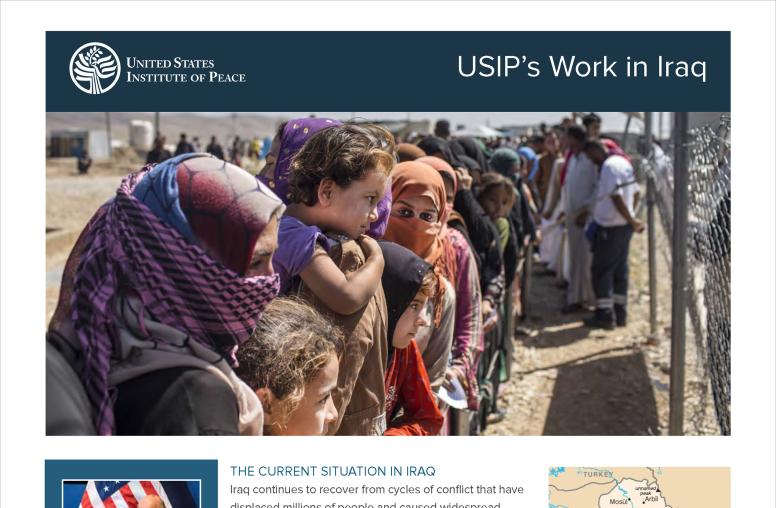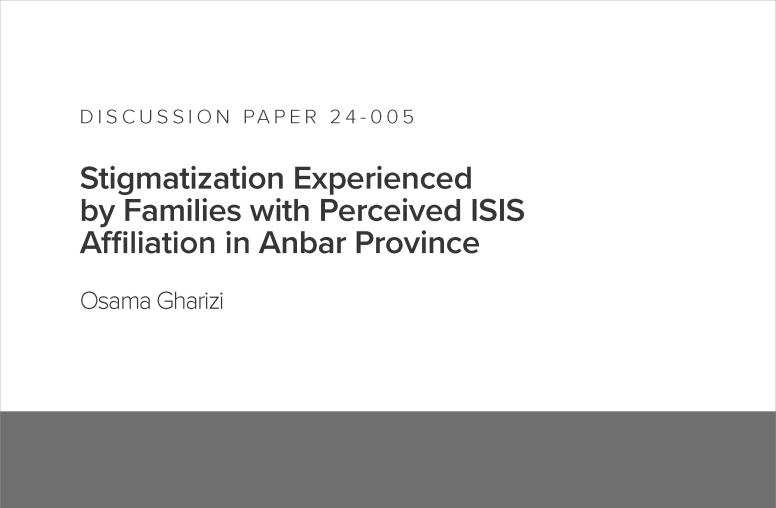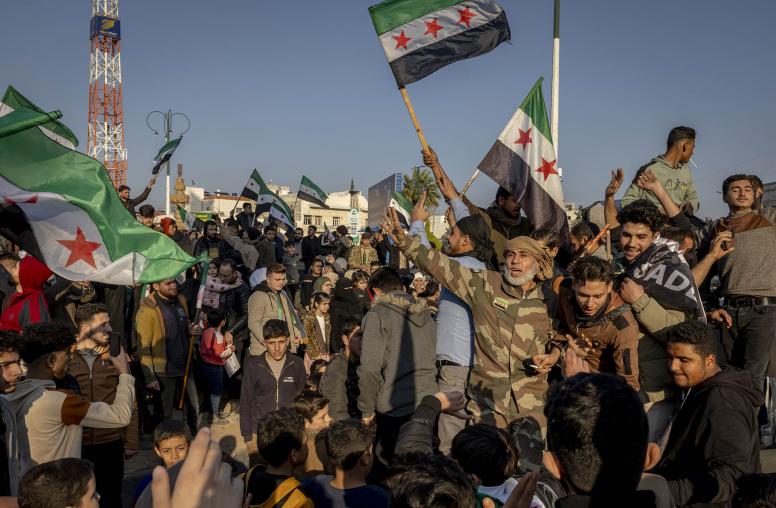Iraq's New Political Map
In 2006, a new group of Iraqi leaders came to power through elections. In the absence of strong bureaucratic and military institutions, the qualities and skills they bring to bear and their capacity and willingness to cooperate, especially across ethnic and sectarian lines, will determine whether Iraq collapses into chaos or moves forward toward stability.

Summary
- In 2006, a new group of Iraqi leaders came to power through elections. In the absence of strong bureaucratic and military institutions, the qualities and skills they bring to bear and their capacity and willingness to cooperate, especially across ethnic and sectarian lines, will determine whether Iraq collapses into chaos or moves forward toward stability.
- Three characteristics of these leaders are striking. First is how new and inexperienced most of them are. Rapid political mobility and change in ministers was prevalent in previous cabinets, but it has intensified in this government. This degree of change has made it difficult for leaders to acquire experience in national governance, create institutions, establish networks across ministries, and cultivate constituencies outside the central government.
- Second, the current leadership is still dominated by "outsiders"—exiles who have spent much of their adult life outside Iraq, or by Kurds who have lived in the north, cut off from the rest of Iraq. Most of these exiles have spent time in Middle Eastern, not Western, societies. "Insiders" who lived in Saddam's Iraq and endured its hardships are still a minority. This fault line between insiders and outsiders helps explain some of the lack of cohesion in the government.
- Third, and most important, many of the current leaders have spent the best part of their adult life engaged in opposition to the Saddam regime, often in underground or militant activities. Those who had any affiliation with, or simply worked under, the old regime have still found it very difficult to gain entry. The result has been a profound distrust between the new leadership and those with some association with the old regime. The continuation of the insurgency has helped this political struggle metamorphose into an ethnic and sectarian war.
- A fourth parameter is emerging as significant: the development of political parties and groups, often accompanied by militias. While ethnic and sectarian divisions in Iraq have grabbed most of the headlines, it is these parties and their constituencies that are shaping the political agenda and are likely to be determinative in the future.
- The most important of these parties now occupy seats, not only in the assembly but in the government. They include the Supreme Council for the Islamic Revolution in Iraq (SCIRI), Da'wah, and the Sadrist movement in the dominant Shi'ah United Iraqi Alliance (UIA), the Kurdistan Democratic party (KDP) and Patriotic Union of Kurdistan (PUK) in the Kurdistan Alliance, Tawafuq (Iraqi National Accord) among the Sunnis, and the weaker Iraqiyyah (Iraqi) ticket among the secularists. Each of these parties has different positions on issues and different constituencies to satisfy; in a number of cases these cross ethnic and sectarian divides.
About the Report
This report concludes a two-year study on Iraq's new political leaders and their visions for the future, based on extensive background data and personal interviews with over seventy top leaders since 2003. This portion of the study focuses on leaders brought to power by the election of December 2005 and the formation of a permanent government in 2006. The study finds that rapid and continuous change in political leaders is making it difficult for them to acquire experience and achieve effective government. Also, tensions between outsiders (exiles) who were opponents of Saddam, and insiders, mainly those who served in the previous regime, are generating distrust and making compromise difficult. However, although ethnic and sectarian polarization persists, elections have produced a new political constellation of parties—and militias—with a greater variety of views and constituencies. This development may provide some opportunity for new alignments across the ethnic and sectarian divides.
The report suggests that these new political groups need to focus more on issues and interests where they have some common ground, rather than on communal identity. Among these shared issues are economic development, oil legislation, management of water resources and the environment, and the role of religion in the state. Failure to achieve some compromise in these areas could lead to ethnic and sectarian fragmentation or a continued breakdown of government.
Phebe Marr is a former senior fellow at the United States Institute of Peace. A leading U.S. specialist on Iraq, she is frequently consulted by government and nongovernmental authorities, and her book The Modern History of Iraq is considered the standard source on contemporary Iraq. A former senior fellow at the Institute for National Strategic Studies at the National Defense University, she has advised high-level officials, often testifies before U.S. Senate and House committees, and frequently appears on network TV as a commentator on Iraq.



